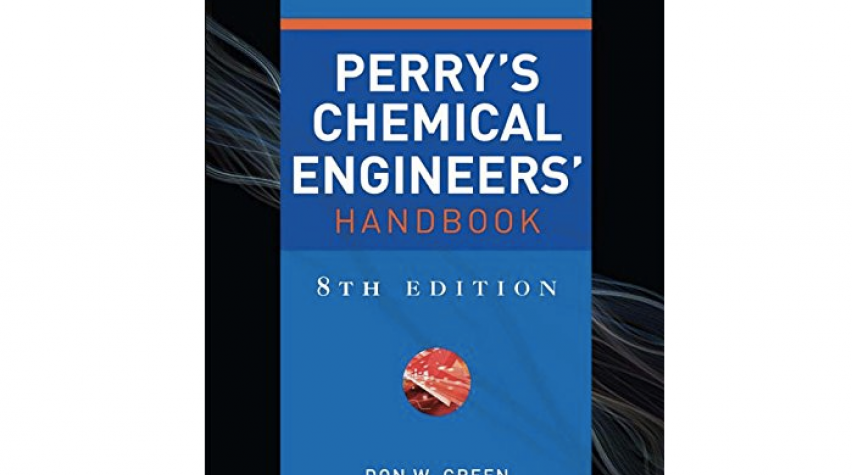
You're probably asking yourself, "I just finished college, why would I want MORE books?"
Because your education just started buck-o!
If you think four (or five depending on how many times you've had to retake thermo) years of college has prepared you for industry think again. The world of industry is filled with unknowns that everyone will expect you to figure out. Sure you know Bernoulli's Equation or the four fundamental thermodynamic equations but how do you put them into practice? Over the years industry has developed best practices and standards for developing or designing chemical processes. Fortunately, experts in the field have put together some very helpful resources to make your job easier. Trust me, with everything that's expected of you, it's worth it to make your job easier. With that in mind, I give you my list of five books that you absolutely must make part of your engineering library if you take your job seriously.
1) Perry's Chemical Engineers' Handbook
This is the grand-daddy of all chemical engineering books. This resource has everything you could ever want to know about any basic subject remotely about chemical engineering. From the very basic to the very complex, Perry's Handbook does a very nice job of explaining it all. It has tables on common chemicals and constants that you'd need in your day-to-day activities. Perry's Handbook provides an explanation of which calculations are appropriate for common situations. In summary, it's a book you'll refer to repeatedly over the course of your career. Though the handbook takes up a good deal of room on your bookshelf, a little birdy told me that AIChE has a scanned version in their eLibrary. But I won't tell anyone if you don't.
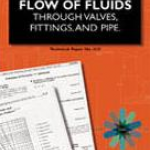
2) Crane Technical Paper No. 410
More of a reference than a book, this thin-spiraled paper will be vital to your career as an engineer. The Crane Paper is a comprehensive guide to hydraulics of piping systems an unavoidable task for a chemical engineers no matter what part of industry you work in. This paper doesn't mince words; it's nothing but equations, charts, tables, and graphs. It's easy to follow and it even has very extensive examples of common hydraulic problems. Need to know how to calculate the pressure drop across an orifice? Crane has an example that takes you through the problem step by step. Or you've been asked to size the nozzles on a vessel. Crane also has examples that cover that too. Out of all the resources I own, this is the one I've used the most.
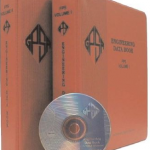
3) Gas Processing Suppliers Association Engineering Databook
Another resource not many young engineers are aware of but should is the Gas Processing Suppliers Association Engineering Databook. Much like Crane, this resource is packaged in a deceivingly pedestrian pair of binders together with tabs like a scrapbook. However, also very much like Crane, this resource has a wealth of chemical engineering information. Need a quick summary on how to size a compressor? Just go to the Compression tab in the GPSA and it has an explanation and accompanying equations on how to do it. The GPSA covers all common processes present in a gas plant or refinery meaning that most of the information will cover something you will be designing or maintaining at one point in your career. This is a must on your book shelf (or if paper isn't your thing, GPSA Databook is also offered in a handy dandy CD).
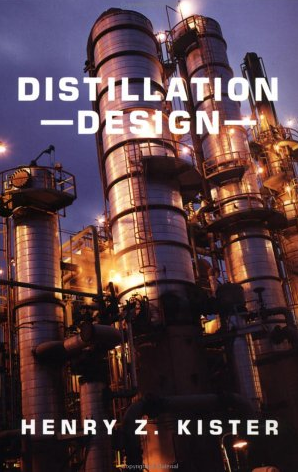
4) Henry Kister's Distillation Design
Every chemical engineer's arch-nemesis is the dreaded distillation column. With its reflux ratios, tray efficiencies, and degrees of freedom, it's liable to drive any engineer mad. Fortunately, Henry Kister, the foremost expert on distillation (and AIChE Fellow to boot) has written a book to assist you in your quest to conquer distillation design. The book eloquently explains the theory and how to apply it as well as providing many tips and even empirical data and techniques to design columns in specific services. This book is great to refer to when designing a distillation column in a simulation to make sure you don't run into the chemical engineer's most common pitfall, 'garbage in equals garbage out.'
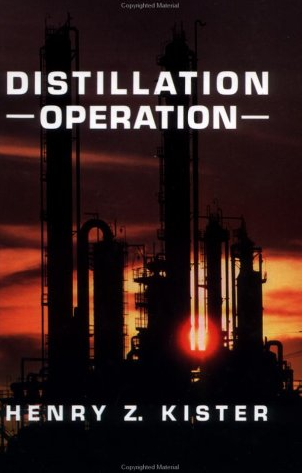
5) Henry Kister's Distillation Operation
Henry Kister has so much knowledge about distillation that it could not be contained in just one book. In volume two, he focuses on the commissioning and operation of distillation columns that are traditionally stubborn and finicky. Though not as helpful to those in the design industry, the book is useful to designers when dealing with the details around a column, such as its control system or the appropriate design of distributors and internals. The book also goes into common failures of columns and ways to troubleshoot problems in column operation. Kister's Distallation Operation and its companion are considered the authorities on distillation operation and design and are as good a resource as any veteran engineer. Buy these books. That's it. I do confess that I am a little biased towards design type resources because of my background in engineering and contracting. However I've heard from other engineers in other industries singing their praises leading me to believe these books are relevant to many chemical engineers.


Comments
Here are two that I have used over the years: The Properties of Gasses and Liquids - 5th ed. by Polling, Prausnitz, and O'Connell This book is a reference for property estimation of both pure components and mixtures. Correlations for density, viscosity, and even methods to estimate Flory-Huggins interaction parameters. Chemical Engineering Reference Manual for the PE Exam, 6th ed. by Lindeburg If you are going to study for the PE exam, this book has just about everything needed to do well. I used this and only about 3 other references. If you are not going to study for the PE, it is still useful - especially good sections on pump specification and fluid dynamics (estimation of head losses), as well as probably the best summary of heat transfer applications.
Continuing the theme: Henry Kister's Distillation Troubleshooting In this book, Kister shares lessons learned over several decades through more than a thousand case histories. He invites readers to use it "as a story book or bedtime reading ... simply select the short stories of specific interest and read them." Or, use the 250-page mega-table to search for specific experiences with relevance to a given troubleshooting endeavor. Not to downplay the importance of design and operation, but this compilation of lessons learned - often the hard way - might be the most valuable of these three books on distillation.
Regarding Perry's Handbook in AIChE's e-library: It is not a scanned version, which implies a low-resolution bootleg copy. It is a digitized version of Perry's Chemical Engineers' Handbook. Many of the graphs and charts are interactive - a very useful feature. AIChE members can access the e-library at<a href="http://www.aiche.org/MemberCenter/KnovelLI.aspx" target="_blank">http://www.aiche.org/MemberCenter/KnovelLI.aspx</a>
Ah yes, thanks for clarifying Cindy. You are correct, saying it's a scanned version doesn't do it justice. It's so much more awesome than that.
Trevor Kletz's "What Went Wrong? Case Histories of Process Plant Disasters" should be on this list as well as any good introduction to finance book.
Crane Technical Paper No. 410 is a great reference. Although, I am mystified by the book's use of charts that can be used to visually determine quantities from simple equations (such as Reynolds number) when you can just as easily use a calculator.
You gotta remember that charts and diagrams were how they calculated a lot of these numbers back before the days of calculators. Heck before simulators chemical engineers of yore had to depend upon huge T-P phase diagrams of single components to estimate process conditions. The mind, it boggles. However I will say that those charts in Crane have come in handy occassionally.
Brian, a few more comments on your book recommendations via the Linkedin Group:<a href="http://bit.ly/cG6O8q" target="_blank">http://bit.ly/cG6O8q</a>
My mentor at a refinery was also a big fan of Lieberman's Troubleshooting Process Equipment books. I'm guessing as a designer you wouldn't need it but I enjoyed reading through it over the summer.
Thanks Katie for you comment!
How about the "Rules of Thumb for Chemical Engineers" by Carl R. Branan It provides some quick estimates for us.
Good information, as some one looking to begin my chemical engineering career after grad school in the spring this was very informative and nice to hear from on the job exp.
Just as Kistler is a great reference on distillation, Levenspiel's Chemical Reacton Engineering, now in about its fourth edution, is a classic reference on chemical kinetics and chemical reactor design. Not only is the text excellent, but some of the problems are imaginative and highly entertaining.
Having not done distillation calculations in years, I have found the "Handbook of Technical Writing" by Alred, Brusaw and Oliu to be helpful for me in drawing up some documents - its a good reference for how to do things 'officially' rather than from memory.
sir i studying in Ph.D chemical engineering so my research work is separation of binary solid mixtures by fluidization so my work is complete how to approach the my paper in suitable journals is please send me my mail and
sir my another work in waste plastic to fuels like a diesel petrol and lubricants